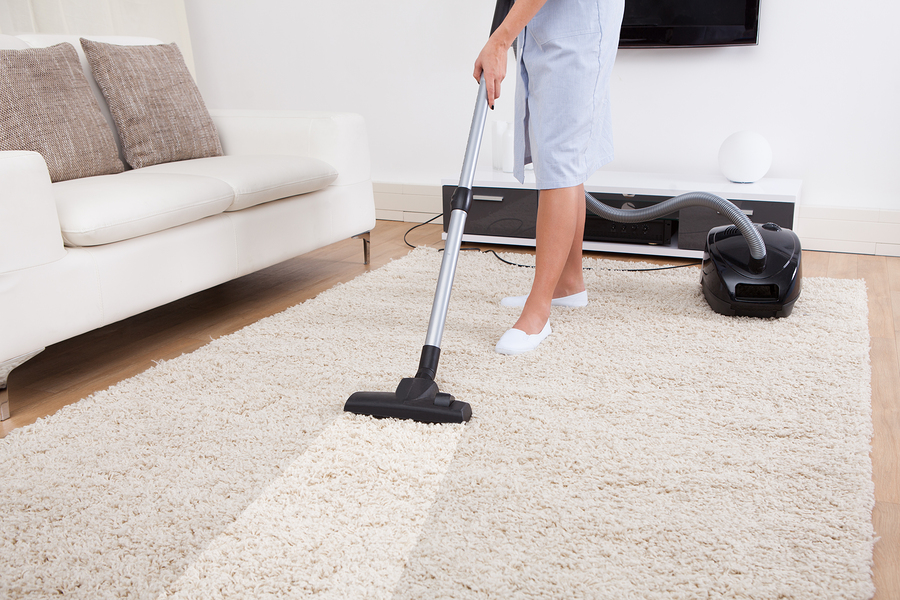Strategies for Reducing Asthma Triggers in Your Home

Asthma is a very common respiratory illness, affecting an estimated 300 million people worldwide. It is a long-term inflammatory condition that is usually caused by genetic or environmental factors.
Many asthma sufferers have flare-ups in their condition that are caused by environmental triggers. The most common environmental asthma triggers include exposure to bacteria, dust, tobacco smoke, cockroach droppings, air pollution, cold air, dust mites and fragrances. Having sinusitis, an allergic reaction, the common cold or the flu virus can also cause an asthma flare-up.
It is a very dangerous condition because a serious flare-up can cause respiratory failure.
On average, asthma kills about 3,630 people each year in the United States — about 10 people per day.
If you or someone in your family has asthma, it is important to obtain appropriate medical treatment. An effort should also be made to reduce the number of potential asthma triggers in your home and workplace. Here are some simple tips for asthma trigger reduction.
Simple strategies for reducing asthma triggers for indoor environments
According to the Institute of Inspection Cleaning and Restoration Certification (IICRC), many of the common triggers of asthma can be significantly reduced through cleaning practices. By removing many of the common allergens from your indoor environments, those spaces will be much safer for asthma sufferers.
Use a high-quality vacuum cleaner and empty it frequently

It is important to maximise the amount of dust and allergens that you remove from the environment with your vacuum. Choose a very high-quality vacuum cleaner with a High Efficiency Particulate Air (HEPA) filter. Empty the vacuum bags frequently and keep the vacuum performing well — ideally, empty the vacuum before it is 1/2 full.
Have your carpet regularly steam cleaned
Steam cleaning of carpets can greatly reduce the number of allergens in your home. Consider having your carpets professionally steam cleaned every 8-12 weeks.
Stop allergens from entering the home
Keep washable rugs on the entrances to the home to limit allergens being walked into the home. Wash these rugs on a weekly basis. Consider keeping windows closed during times of heavy pollution or when the pollen count is high.
Dust on a daily basis with microfibre cloths
Dust shelves, walls, light fittings and furniture on a regular basis with a microfibre cloth to catch dust. Also, consider increasing the frequency of your floor cleaning routine and mop the floor a couple of times per week. Dust from the top to the bottom of the room to ensure the maximum amount of dust particles and debris is collected. Pay close attention to ceiling fans and blinds, which are often neglected.
Be careful with disinfectants
While disinfectants are very effective at killing bacterial allergens, don’t become overly reliant on their use. Some asthma sufferers are sensitive to chemical cleaners and they can trigger an immune system response. Instead, concentrate on thoroughly cleaning the environment with traditional cleaning techniques and natural products.
Attack mould aggressively!
Mould is a particularly strong trigger for many asthma sufferers. Clean areas that are susceptible to mould on a regular basis including bathrooms, kitchens and damp rooms. Remove excess moisture with exhaust fans to reduce the risk of mould developing.
Clean items that attract dust regularly
Understand which kinds of items attract dust and clean them frequently. The worst offenders for dust collection include bedding, carpets, blinds, stuffed animals, and open shelves. Some of these items can be removed from your home to reduce the risk of dust mites triggering an asthma flare-up. Also pay close attention to areas that are sometimes overlooked when dusting — padded chairs, computer keyboards, lamp shades, paintings and so on.
Maintain air conditioning equipment
The IICRC suggests air conditioning units and heating units require particularly close attention. Once allergens develop in an AC or heating unit, they can be recirculated throughout the building. Regularly change the filters on these devices, clean ventilation ducts and clean duct grills.
Keep your pets clean
Pets can quickly spread dirt, hair, animal dander, plant pollen and bacteria throughout a home. Keep your pets as clean as possible to avoid them contaminating your indoor environment. Regularly bathe them and clean the pet’s bedding. Consider keeping animals in a restricted area of the house if they are proven to trigger allergies or asthma flare-ups.
Avoid cleaning solutions with strong fumes or fragrances
Because strong fumes or fragrances can trigger an asthma attack or allergies in some people, it is important to carefully select the cleaning products you use. Use allergy friendly cleaning products if possible and always opt for products with fewer chemicals.
Consider hiring a professional
Professional cleaners understand how to efficiently remove allergens from an indoor environment. They also understand which cleaning products are less likely to trigger an asthma attack in a resident.
Sources
Asthma Statistics | AAAAI. (2016). The American Academy of Allergy, Asthma & Immunology. Retrieved 23 July 2016, from http://www.aaaai.org/about-aaaai/newsroom/asthma-statistics
IIRC,. (2016). The IICRC Highlights 7 Strategies for Reducing Asthma Triggers. Retrieved 23 July 2016, from http://www.iicrc.org/wp-content/uploads/2013/05/IICRC-Asthma-Month.pdf
AAFA, G. (2016). Asthma Facts | AAFA.org. Aafa.org. Retrieved 23 July 2016, from http://www.aafa.org/page/asthma-facts.aspx
Preventing Asthma Symptoms. (2016). WebMD. Retrieved 23 July 2016, from http://www.webmd.com/asthma/guide/asthma-prevention
